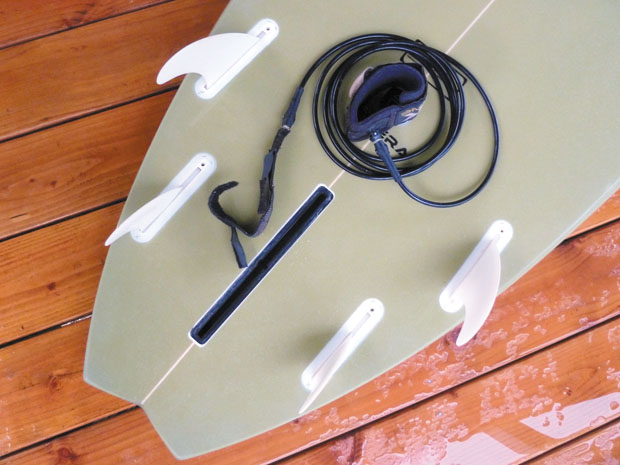Paddling Leashless In Hanalei Bay
It is supposed to be a trial, a first time for him to stand-up paddle in the river. I am happy to loan my gorgeous board, one that probably cannot be replaced and, if it could be, would cost me the arm and leg that I would need to keep paddling.
He enters placid Hanalei River a couple hundred feet from its mouth. An intermittent surfer but surfer nonetheless, he quickly learns to balance on the board like a newborn foal landing on hay. I expect him to head up the river soon. As I wait, I take my eyes off him for a few moments to digest the natural beauty around me.
When I return my focus, I find him instead paddling toward the river mouth, straight into the big blue Pacific! A little surge tips his balance and he falls into the water. Oh, no! He grabs for the paddle and swims with it to the board. The more he paddles out, the more the surges increase in number and intensity, and so do his falls. Then I remember: He has no leash on! Suddenly, fear grips me, knowing of danger yet helpless to do anything about it.
I keep hoping that he’ll turn around. But no, he boldly paddles farther and farther out. To keep up with him, I sprint from the river to the beach. I’ve got to get him to come in for a leash and some precautionary tips to avoid danger to himself, others and my board!
I notice a couple of redheaded boys who are ready to paddle out. “Can you get him for me?” I ask. They look at him, then me. They think I’m being over-protective. I am disappointed by their nonchalance. When they finally ask me from afar with a thumbs up or down, I’m indecisive and they go in without an order. I continue up the beach in full gallop to follow my intrepid new paddler.
He finds a spot not far up the beach where there are a few paddlers and surfers attempting waves. Albeit small, they are still waves! He tries catching them only to keep falling, retrieving his paddle and board and climbing back on. At one point, the board hurtles toward the beach. I’m worried that the board will hit someone — or it will be trashed, once and for all.
Finally, he paddles outside of the flurry and sits on the board looking toward the horizon. I hope he’s not contemplating the bigger waves in the distance. I can’t bear to think of it. To my left, a young man is putting on his rashguard ready to head back out. I walk up to him and calmly ask him to bring in this fledgling paddler; to tell him that his ride is leaving, though it is more because I was worried. No problem, the young man kindly responds. He paddles out and my message immediately is received.
The paddler comes in and as we walk back to the car, I tell him how bold he was, but how it would be better to have a leash the next time. But I am not upset; I am relieved that he’s back on solid ground. He utters his gratitude for using my board. No one’s hurt, there’s not a single ding on the board and he had an invigorating workout. All’s well that ends well.
Except that somehow I wonder if I was warranted in bringing him in.
In hindsight, this episode was a trial session all right, but the trial really was all mine. In other words, it was a first for me to watch him SUP and in the process, I saw myself clearly — the fears I had for him were a projection of my own. I am afraid of swimming in the ocean, I am overprotective about my board and I tend to resist risks. Fear can elicit caution, even prevent disasters, but it also can be a catalyst for limiting one’s potential for a full life.
Sure, it doesn’t hurt to wear a leash, but the next time I think someone needs one, I seriously ought to ask myself who is the one really needing it.
janeesaki@gmail.com




